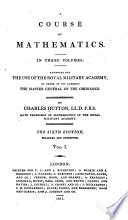 | Charles Hutton - Mathematics - 1811 - 406 pages
...AH right angles are equal to one another. 11. Angles that have equal measures, or arcs, are equal. THEOREM I. IF two Triangles have Two Sides and the Included Angle in the one, equal to Two Sides and the Included Angle in the other, the Triangles will be Identical,... | |
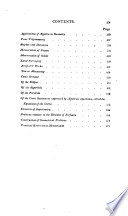 | Charles Hutton - Mathematics - 1816 - 610 pages
...All right angles are equal to one another. 11. Angles that have equal measures, or arcs, are equal. THEOREM I IF two Triangles have Two Sides and the Included Angle . in the one, equal to Two Sides and the Included Aiuile in the other, the Triangles will be Identical,... | |
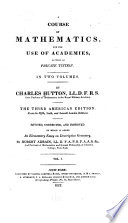 | Charles Hutton - Mathematics - 1822 - 616 pages
...are equal to one another. 11. Angles that have equal measures, or arcs to the same radius, are equal. THEOREM I. IF two Triangles have Two Sides and the Included Angle in the one, equal to Two Sides and the Included Angle in the other, the Triangles will be Identical,... | |
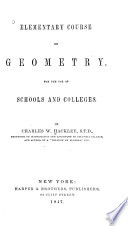 | Charles William Hackley - Geometry - 1847 - 248 pages
...another ? 21. In how many points will 36 lines intersect, 24 of which pass through the same point? THEOREM I. If two triangles have two sides and the included angle in the one equal to two sides and the included angle in the other, the triangles will be identical,... | |
 | Gerardus Beekman Docharty - Geometry - 1867 - 474 pages
...All right angles are equal to one another. 11. Angles that have equal measures, or arcs, are equal. THEOREM I. If two triangles have two sides and the included angle in the one equal to two sides and the included angle in the other, tlie triangles will be identical,... | |
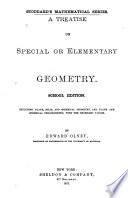 | Edward Olney - Geometry - 1872 - 472 pages
...angle HCl is less than LKM. The angles, therefore, do not coincide. K FIG. 63. 85. Prob. — WIien two triangles have two sides and the included angle of one equal to two sides and the included angle of the other, to apply one triangle to the other. SOLUTION. —... | |
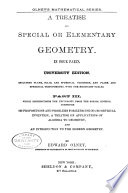 | Edward Olney - Geometry - 1872 - 562 pages
...the angle HCI is less than LKM. The angles, therefore, do not coincide. K FIG. 68. 85, Prob* — When two triangles have two sides and the included angle of one equal to two sides and the included angle of the other, to apply one triangle to the other. SOLUTION. —... | |
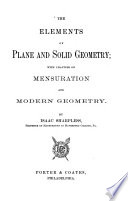 | Isaac Sharpless - Geometry - 1879 - 282 pages
...C. Let the lines DG, FG meet in G ; then DFG is the required triangle. Proposition 7. Theorem.—If two triangles have two sides and the included angle of one, equal to two sides and the included angle of the other, each to each, the triangles will be equal in all... | |
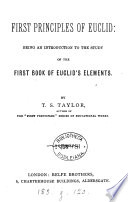 | T S. Taylor - 1880 - 152 pages
...straight line. 2. From the greater of two given straight lines to cut off a part equal to the less. 3. If two triangles have two sides and the included angle of one, equal to two sides and the included angle of the other each to each, the bases shall be equal. NOTE. —... | |
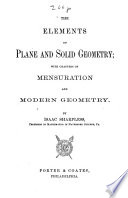 | Isaac Sharpless - Geometry - 1882 - 286 pages
...(Post. 3) arcs of circles cutting in C. ABC is an equilateral triangle. Proposition 4. Theorem. — If two triangles have two sides and the included angle of one, equal to two sides and the included angle of the other, each to each, the triangles will be equal in all... | |
| |